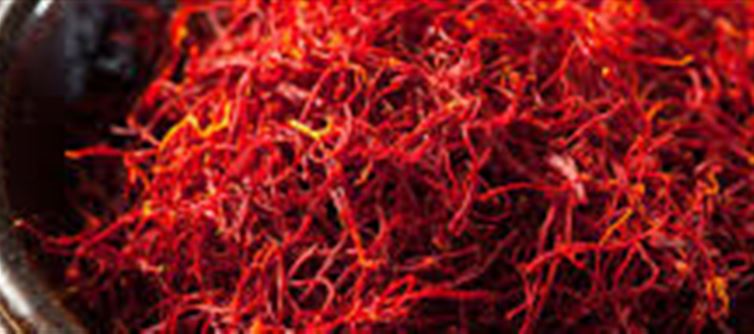
When it comes to spices, the world is filled with a variety of flavors and aromas that enhance our culinary experiences. Among these, one spice stands out for its remarkable price tag: saffron. Known as the most expensive spice in the world, saffron is derived from the flower of Crocus sativus, commonly known as the saffron crocus. The cultivation and harvesting process of saffron is labor-intensive and meticulous, which significantly contributes to its high cost.
Each saffron crocus produces only three crimson stigmas, which are the parts of the flower that are harvested for use as spice. The process of harvesting saffron is done by hand, with workers carefully plucking these delicate threads during a short blooming period in the fall. It takes approximately 150,000 flowers to produce just one kilogram of saffron, underscoring the immense effort required to gather this precious spice.
The origins of saffron can be traced back to ancient civilizations, where it was used not only as a culinary ingredient but also for medicinal purposes, dyeing textiles, and even in perfumes. Its unique flavor, which is often described as earthy and slightly sweet, makes it a sought-after ingredient in various cuisines around the world, particularly in dishes like risotto, paella, and various desserts.
The price of saffron can vary significantly depending on factors such as quality, origin, and availability. It is not uncommon for high-quality saffron to cost anywhere from $500 to $5,000 per kilogram or more. This staggering price can make saffron a luxury item, often used sparingly to add an exquisite touch to dishes.
In conclusion, saffron's status as the most expensive spice in the world is a reflection of its rarity, labor-intensive harvesting process, and unique flavor profile, making it a prized ingredient in culinary traditions globally.
Disclaimer: This content has been sourced and edited from Indiaherald. While we have made adjustments for clarity and presentation, the unique content material belongs to its respective authors and internet site. We do not claim possession of the content material..jpg)




 click and follow Indiaherald WhatsApp channel
click and follow Indiaherald WhatsApp channel